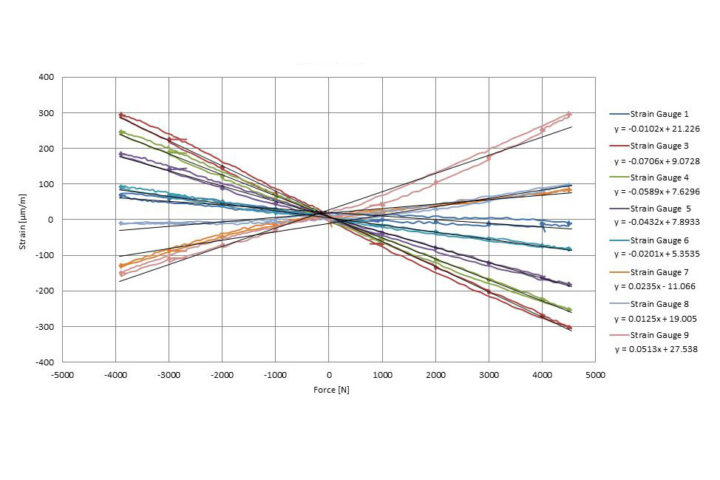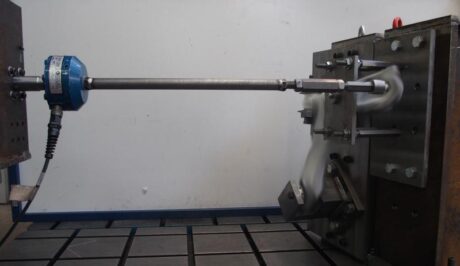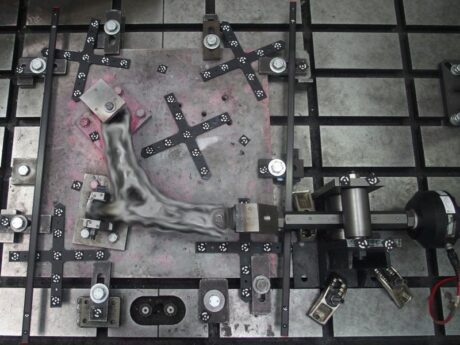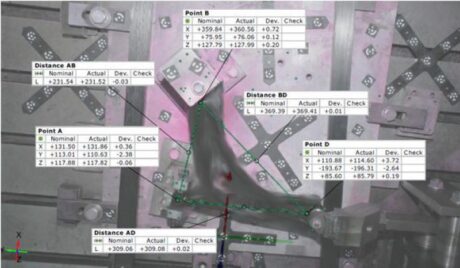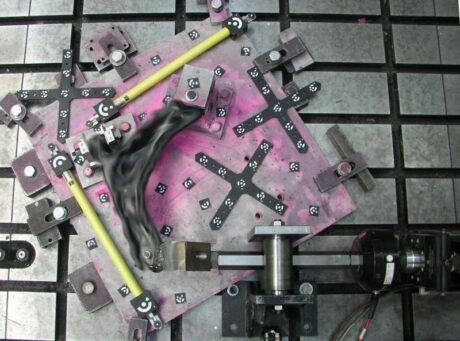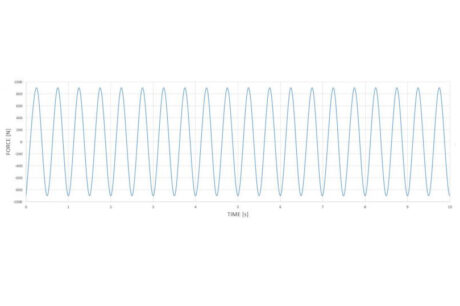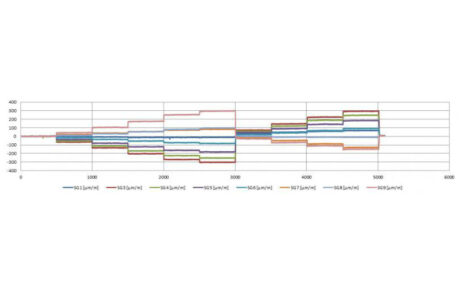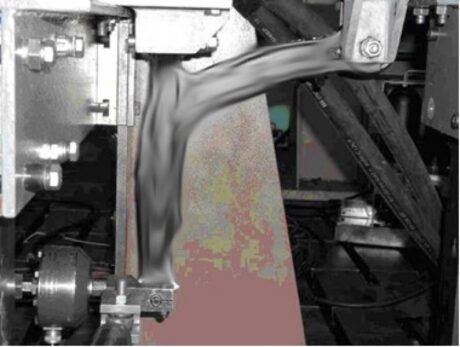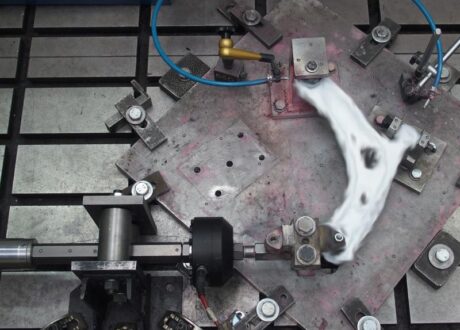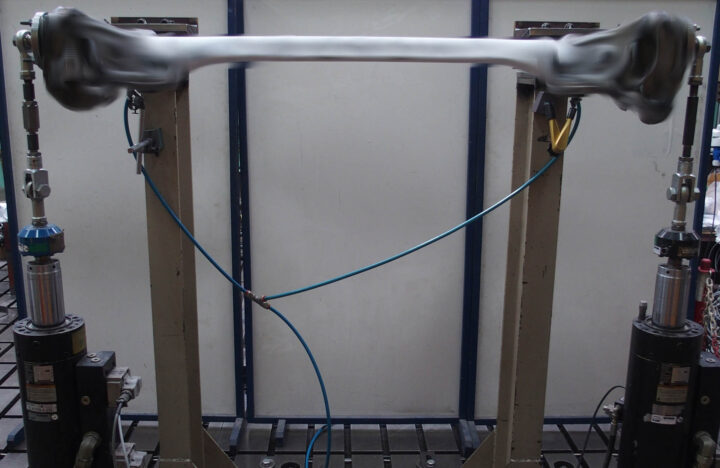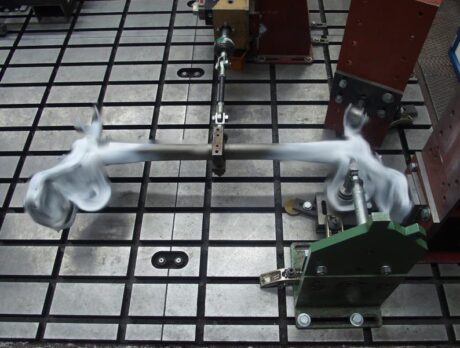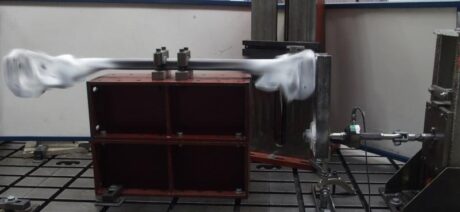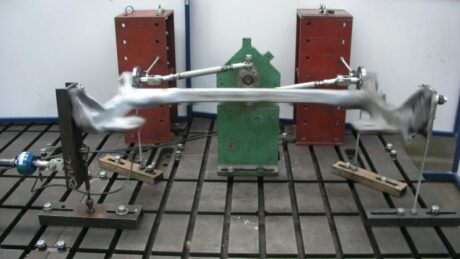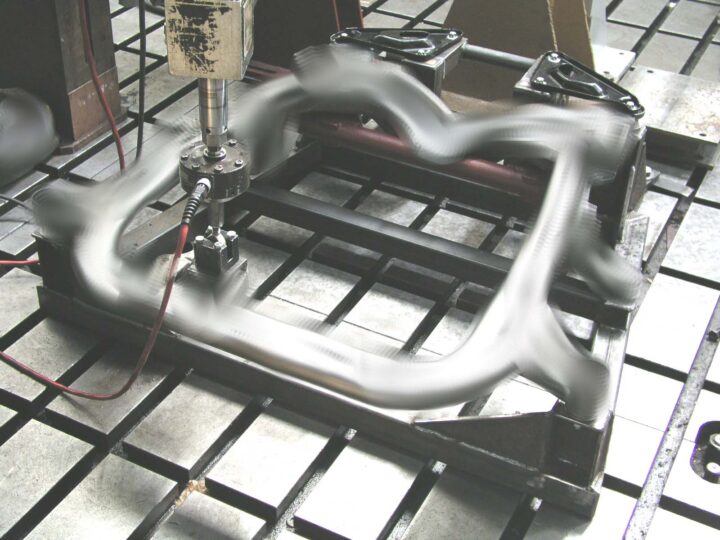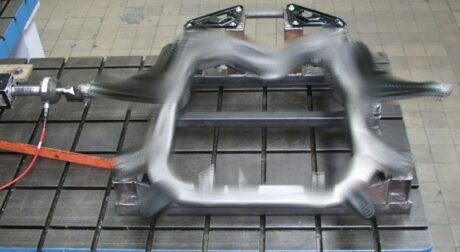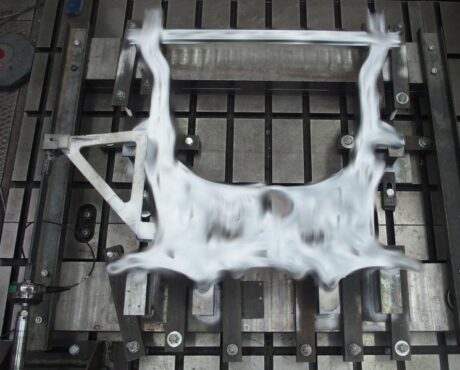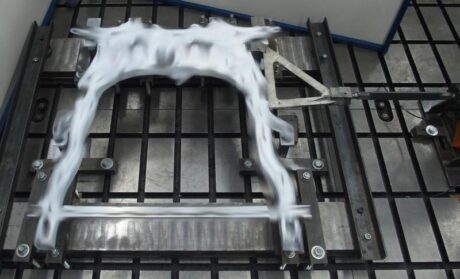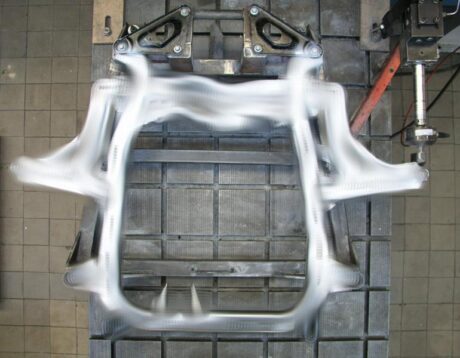BOSMAL specialises in a comprehensive examinations of the chassis, parts and components of the chassis, body and body equipment. In the field of body and body component research, BOSMAL has the ability to configure test systems for multi-axis loading (forces, torques) of various parts and assemblies. We perform functional, endurance and fatigue tests (including also for the industry sectors other than automotive).
On this page:
See more:
- Measurements of characteristics and fatigue tests of shock absorbers, gas springs and suspension springs
- Strain gauge measurements
- Vehicle mileage accumulation testing
- Subjective assessments of vehicle behaviour and drivability during driving
- Vibroacoustic device measurements
- Acoustic measurements in an anechoic chamber
- Vibration tests
- Testing of glass and wiper assemblies
- Testing vehicles’ electrical and electronic equipment



